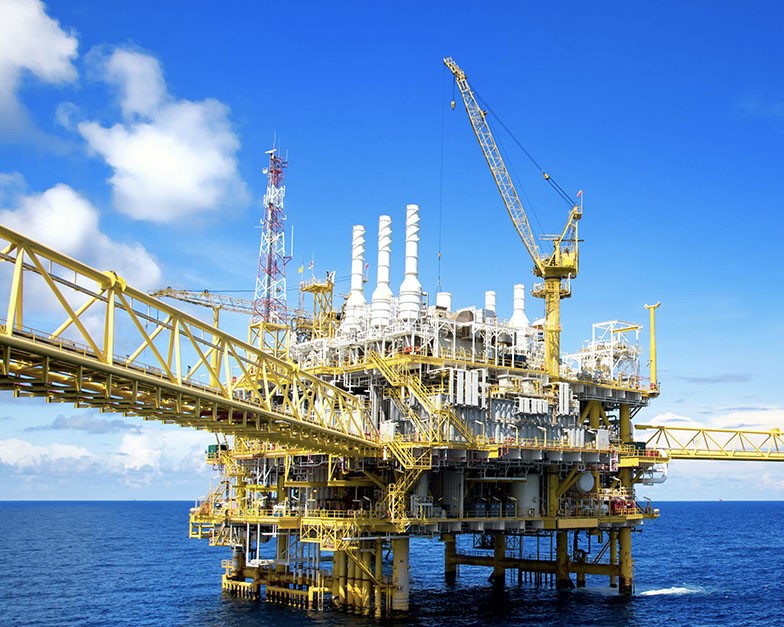As global oil markets brace for potential shifts, OPEC+ is negotiating a complex deal to extend its significant oil production cuts into 2025. This move is seen as a strategic response to counterbalance rising production from non-member countries and uncertainties surrounding global demand.
OPEC+, a coalition led by Saudi Arabia and Russia, has implemented a series of production cuts since late 2022. These measures aim to stabilise the market amid increasing output from countries like the United States and economic challenges in major economies struggling with high interest rates and inflation. Currently, the coalition is reducing output by 5.86 million barrels per day (bpd), which accounts for about 5.7% of global demand.
The existing cuts include a 3.66 million bpd reduction by OPEC+ members, valid through the end of 2024, and an additional 2.2 million bpd of voluntary cuts by certain members, set to expire at the end of June 2024. Sources familiar with the discussions have indicated that the upcoming meeting on Sunday could see an extension of some or all these cuts into 2025.
Conditional extensions and strategic moves
The potential deal to extend cuts into 2025 might hinge on new individual member output capacity figures, expected to be agreed upon later in 2024. This strategic condition aims to ensure that any extension is backed by a consensus on the capacity and targets of each member country.
An OPEC+ delegate hinted at the possibility of Sunday’s meeting making partial decisions for 2025, emphasising that more clarity would emerge in the coming days. The group’s decision-making process includes a series of online meetings set to begin at 1100 GMT on Sunday.
Market implications and strategic objectives
OPEC+ aims to agree on new oil production capacities for its member countries by the end of 2024. This issue has historically been contentious, as each nation’s output target is based on its notional capacity. Rory Johnston, founder of oil research service Commodity Context, highlighted that extending cuts into 2025 would necessitate addressing the group’s planned capacity audit and baseline reset, likely to be settled later in the year.
Countries like Algeria, Iraq, Kazakhstan, Kuwait, Oman, Russia, Saudi Arabia, and the United Arab Emirates, which have made deeper voluntary cuts, will play a crucial role in these negotiations. The dynamics within the group suggest that a deeper cut could still be a possibility, considering Saudi Energy Minister Prince Abdulaziz bin Salman’s unpredictable strategies.
Saudi Arabia’s strategic diversification
The timing of the OPEC+ meeting coincides with Saudi Arabia’s plans to sell a new stake in state oil giant Aramco. The Saudi government recently filed papers to sell a stake that could raise up to $13.1 billion. This sale is part of Crown Prince Mohammed bin Salman’s broader plan to diversify the kingdom’s economy beyond oil dependency. The move highlights Saudi Arabia’s strategic financial maneuvers, aligning with its broader economic goals.
Future outlook
The decisions made at the upcoming OPEC+ meeting will have significant implications for global oil markets. Extending production cuts into 2025 could provide stability and support oil prices amidst fluctuating demand and rising output from non-OPEC countries. However, the group must navigate internal disagreements and external pressures to reach a consensus that benefits all members.
The complexity of the negotiations underscores the delicate balance OPEC+ must maintain to manage global oil supply and demand effectively. As the world continues to grapple with economic uncertainties, the coalition’s strategic decisions will be closely watched by stakeholders across the industry.
The OPEC+ meeting on Sunday represents a critical juncture for the global oil market. The potential extension of production cuts into 2025 reflects the group’s proactive approach to managing market stability amidst evolving challenges. As the coalition navigates these complexities, its decisions will shape the future trajectory of global oil production and economic stability.



